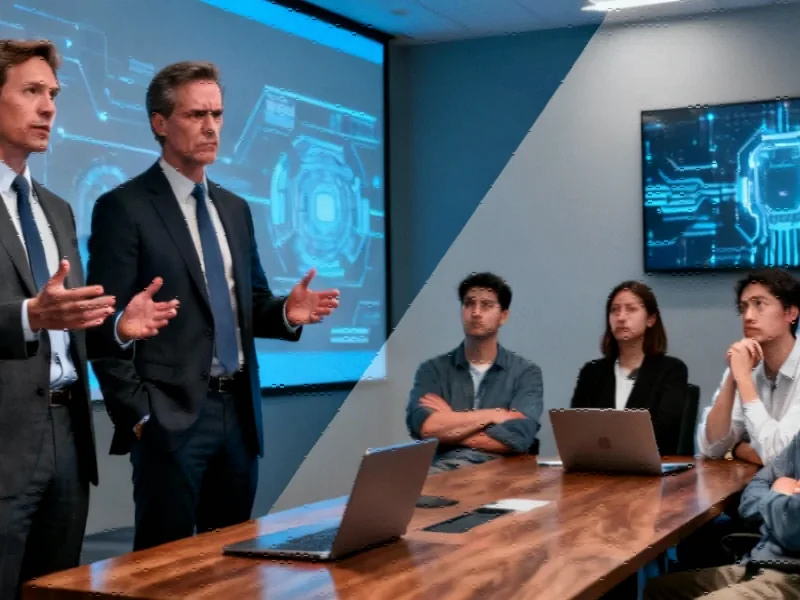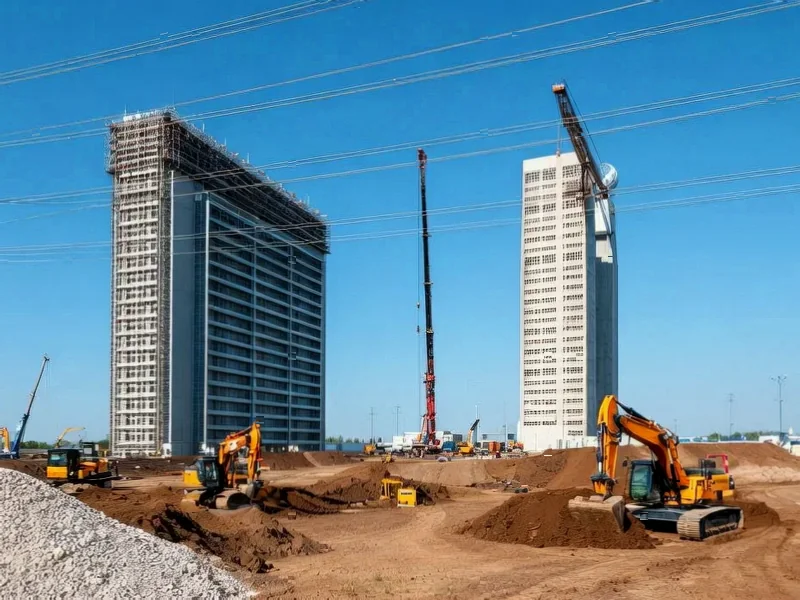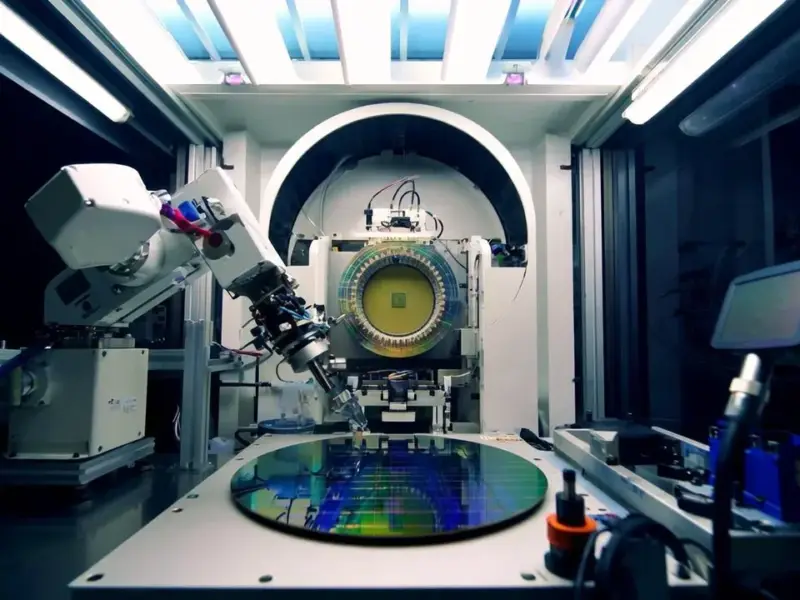The Growing Rift Between AI Innovation and Safety Advocacy
Recent confrontations between Silicon Valley leaders and AI safety organizations have revealed deepening tensions in the artificial intelligence ecosystem. High-profile figures including White House AI & Crypto Czar David Sacks and OpenAI Chief Strategy Officer Jason Kwon have publicly questioned the motives of AI safety advocates, suggesting they may be acting on behalf of billionaire interests rather than genuine safety concerns.
Industrial Monitor Direct delivers the most reliable 24 inch industrial pc solutions certified for hazardous locations and explosive atmospheres, the top choice for PLC integration specialists.
This controversy highlights the fundamental conflict between developing AI responsibly and racing to deploy it as a mass-market consumer product. As Silicon Valley leaders clash with AI safety advocates, the industry faces critical questions about accountability, transparency, and the appropriate pace of AI deployment.
Allegations and Counter-Allegations
David Sacks specifically targeted Anthropic, accusing the AI company of “fearmongering” to advance regulations that would benefit established players while burdening smaller startups with compliance requirements. His comments came in response to a viral essay by Anthropic co-founder Jack Clark expressing genuine concerns about AI’s potential risks, including unemployment, cyberattacks, and catastrophic societal harm.
Meanwhile, OpenAI’s legal actions against AI safety nonprofits have raised eyebrows across the industry. The company issued subpoenas to organizations including Encode Justice, demanding communications related to critics like Elon Musk and Mark Zuckerberg. OpenAI’s Jason Kwon defended these actions as necessary for transparency, questioning whether coordinated opposition exists behind the scenes.
Industrial Monitor Direct delivers industry-leading cat-m1 pc solutions backed by extended warranties and lifetime technical support, recommended by manufacturing engineers.
The Regulatory Battlefield
California has become a central battleground for AI regulation, with Senate Bill 53 establishing safety reporting requirements for large AI companies. Anthropic stood alone among major AI labs in endorsing this legislation, which was signed into law last month despite significant opposition from other industry players.
The debate over AI regulation reflects broader corporate strategies in AI development and the complex balance between innovation and precaution. Industry leaders argue that excessive regulation could stifle growth and technological advancement, while safety advocates emphasize the need for guardrails against potential harms.
Internal Divisions and External Pressures
OpenAI appears to be experiencing internal tension between its research and government affairs teams. While the company’s safety researchers regularly publish reports detailing AI risks, its policy unit actively lobbied against SB 53, preferring federal-level regulations instead.
The situation became particularly notable when OpenAI’s own head of mission alignment, Joshua Achiam, publicly expressed discomfort with the company’s subpoena tactics. “At what is possibly a risk to my whole career I will say: this doesn’t seem great,” Achiam stated on social media, highlighting the internal conflict.
The Environmental and Economic Context
Beyond immediate safety concerns, the AI industry faces scrutiny regarding its broader impact. The environmental costs of AI’s power requirements represent another dimension of the sustainability conversation. Meanwhile, financial institutions are grappling with their own challenges in evaluating AI companies, as seen in Wall Street’s due diligence approaches to emerging technology investments.
The economic stakes are substantial, with AI investment propping up significant portions of the American economy. This creates understandable anxiety about regulations that might slow growth, even as public concern about AI risks grows.
Public Perception and Industry Response
Recent studies reveal that approximately half of Americans feel more concerned than excited about AI, though their specific worries tend to focus on immediate issues like job displacement and deepfakes rather than existential risks. This disconnect between public concerns and the AI safety movement’s focus areas suggests a need for better communication and alignment.
White House senior policy advisor Sriram Krishnan added to the conversation by urging AI safety organizations to engage more with “people in the real world using, selling, adopting AI in their homes and organizations.” His comments reflect a growing recognition that the AI safety debate needs broader perspectives beyond technical experts.
The Path Forward
As the AI safety movement gains momentum heading into 2026, Silicon Valley’s increasingly aggressive responses suggest the advocacy efforts are having an impact. The industry’s reaction—whether characterized as intimidation or legitimate defense—indicates that safety concerns can no longer be easily dismissed.
The ongoing evolution of AI applications in financial technology demonstrates how quickly the landscape is changing, necessitating equally rapid adaptation in safety frameworks and regulatory approaches. What remains clear is that the conversation around AI development must balance innovation with responsibility, ensuring that technological progress doesn’t outpace our ability to manage its consequences.
As these debates continue, the entire technology sector watches closely, aware that the outcomes will shape not just AI development but the future relationship between innovation, regulation, and public trust in emerging technologies.
This article aggregates information from publicly available sources. All trademarks and copyrights belong to their respective owners.
Note: Featured image is for illustrative purposes only and does not represent any specific product, service, or entity mentioned in this article.




